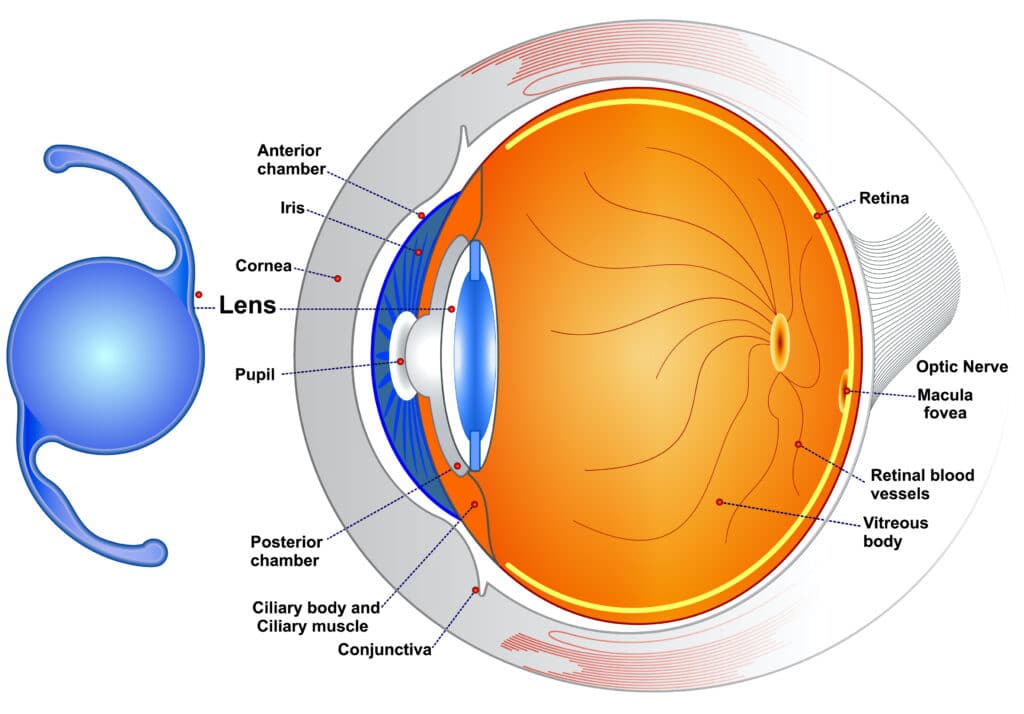LASIK Alternatives and Vision Correction Options
Refractive Lens Exchange
Refractive lens exchange (RLE) is a surgical procedure where the patient’s own crystalline lens is removed and replaced with an artificial lens to achieve less dependence from glasses or contact lenses. The surgery is the same to that performed for cataract removal. Once RLE is performed the patient will no longer need to worry about cataract surgery in the future.

An intraocular implant procedure for patients who do not have advanced cataracts. This option can be combined with our LEAP lenses.
Of course, we still offer the most advanced Custom Intralase All-Laser Vision correction procedures.
Refractive Lensectomy
Whereas most vision correction procedures attempt to change the focusing power of the cornea, refractive lensectomy corrects nearsightedness or farsightedness by replacing the eye’s natural lens. It is replaced with an artificial intra-ocular lens (IOL) implant that has the correct power for the eye.
Even though refractive lensectomy uses the same successful techniques of modern cataract surgery, there is a noticeable difference. Cataract surgery is primarily performed to remove a patient’s cataract that is obstructing and clouding their vision, while refractive lensectomy is performed to reduce a person’s dependence on glasses or contact lenses. Refractive lensectomy can also be combined with other procedures that treat astigmatism.

Refractive Lensectomy is for those who:
- want to reduce or eliminate their dependence on glasses or contacts
- may not be a good candidate for laser vision correction
- are 18+ years of age
- have no health issues affecting their eyes
One advantage that people who have refractive lensectomy possess is that they will never have to have cataract surgery in the future.
The refractive lensectomy procedure is performed on an outpatient basis. Only one eye will be treated at a time. After the eye is completely numbed with topical or local anesthesia, the eye’s natural lens will be gently vacuumed out through a tiny incision, about one-eighth of an inch wide.
Next, the new, intra-ocular lens will be folded and inserted through the same micro-incision. It will then be unfolded and placed into the “capsular bag” that originally surrounded the natural lens. This incision is “self-sealing” and usually requires no stitches. It remains tightly closed by the natural outward pressure within the eye. This type of incision heals fast and provides a much more comfortable recuperation.
If your eye has pre-existing astigmatism, your surgeon may elect to make micro-incisions in the cornea to reduce your astigmatism.
You will go home soon after the surgery and relax for the rest of the day. Everyone heals somewhat differently but many patients report improvement in their vision almost immediately after the procedure. Most patients return to their normal activities within a day or two.

